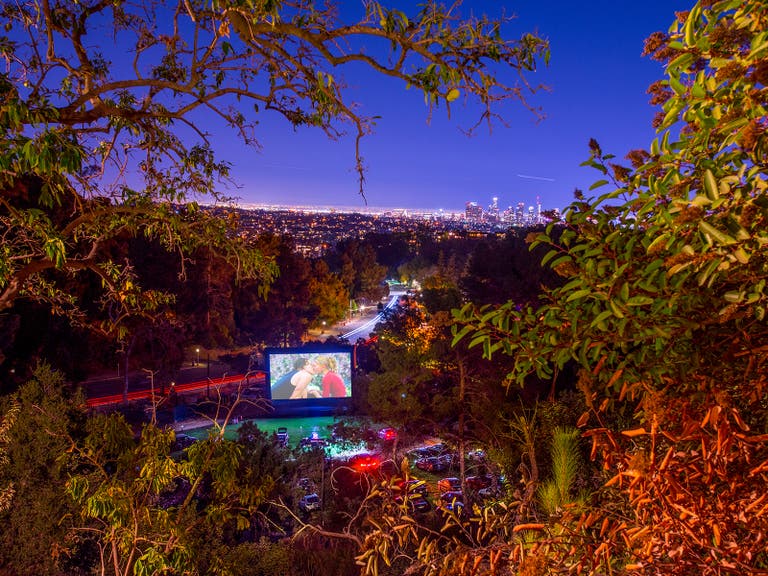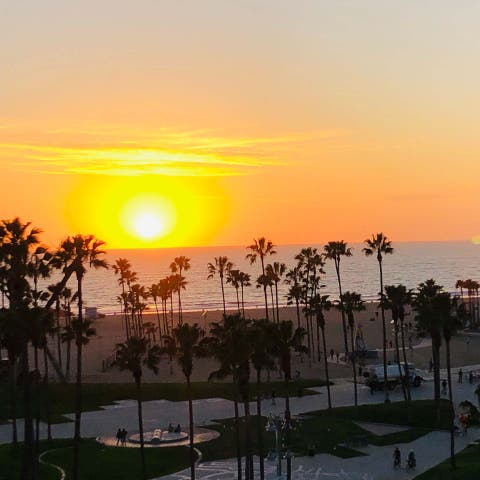Discover Charlie Chaplin's Los Angeles
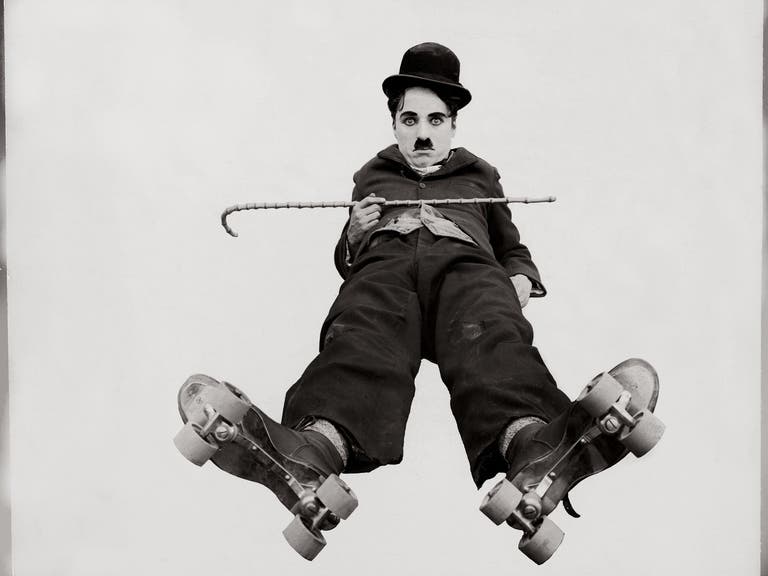
Sir Charles Spencer “Charlie” Chaplin was one of the most important and influential figures in history, named to Time magazine’s list of the 100 Most Important People of the 20th Century for the "laughter [he brought] to millions." Chaplin's extraordinary talents included acting, writing, and composing. Several of his films are considered among the greatest in all of cinema. Chaplin’s iconic “Little Tramp” character transcends the movie industry and is known around the world. At the height of his fame and artistry, Chaplin lived and worked in Los Angeles. From his favorite lunch table to his namesake studio, here are ten places where you can discover Charlie Chaplin’s Los Angeles.
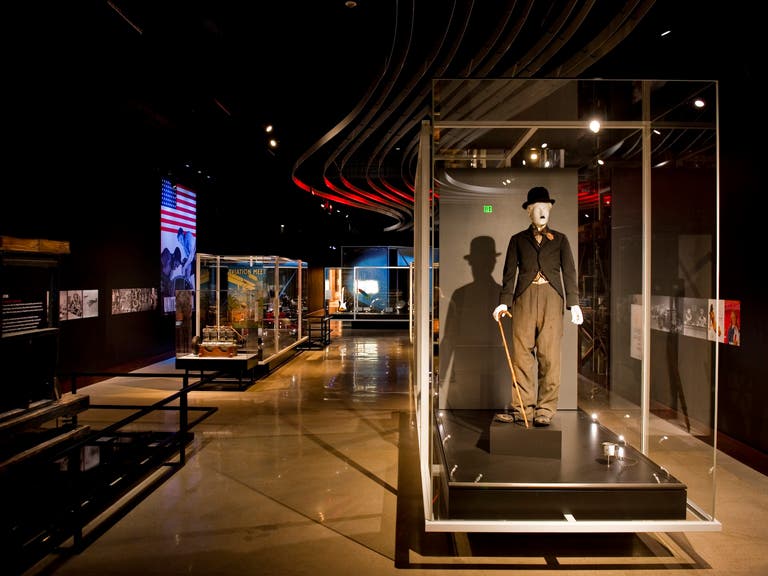
Little Tramp Costume - Natural History Museum
Charlie Chaplin’s iconic Little Tramp character made his public debut on Feb. 7, 1914 in the Keystone Studios comedy, Kid Auto Races at Venice. The Tramp’s first appearance in a film was actually Mabel’s Strange Predicament, which was shot a few days before Kid Auto Races but released two days later, on Feb. 9. According to LA County Supervisor, Zev Yaroslavksy’s official website, the Natural History Museum of Los Angeles County (NHM) has the only complete Little Tramp costume in existence. Chaplin himself donated the costume to the museum, which displayed it as part of the NHM’s Becoming Los Angeles exhibit. (Note: the costume is not currently on view)
The museum’s massive movie collection also includes Chaplin’s overalls from Modern Times, Fred Astaire’s tap shoes, Lon Chaney’s makeup kit, Mary Pickford’s golden locks, and much more.
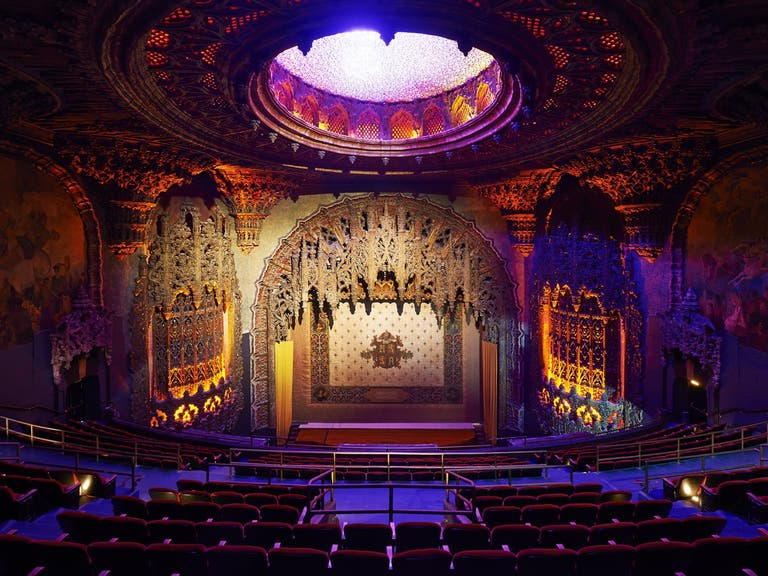
The United Theater on Broadway
The Ace Hotel Downtown Los Angeles was built as the United Artists Building in 1927. The 13-story building was designed by architect C. Howard Crane in a Spanish Gothic style, modeled after the Segovia Cathedral in Spain. The United Artists Theatre was the flagship movie theatre for United Artists, the film studio founded by Charlie Chaplin, Mary Pickford, Douglas Fairbanks and D.W. Griffith. The stunning 1,600-seat movie palace occupies three floors of the building. Design features include wall murals of the nascent movie industry, and a dazzling ceiling dome with hundreds of crystal pendants.
Opened in January 2014, the Ace Hotel Downtown Los Angeles features 180 rooms, chef Michael Cimarusti's Best Girl restaurant, and a rooftop bar and pool with spectacular panoramic views of the city. The restored United Artists Theatre opened on Valentine’s Day with a sold-out concert by the English band Spiritualized.
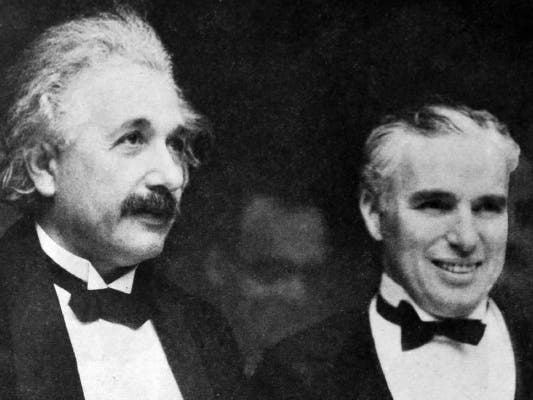
"City Lights" - Los Angeles Theatre
Chaplin’s 1931 film, City Lights is widely regarded as his masterpiece, and considered by many to be one of the greatest films of all time. The story follows Chaplin’s Little Tramp as he falls in love with a blind flower girl, who mistakes him for a millionaire. The closing scene is often described as one of the greatest in the history of cinema. The film is a tour de force for Chaplin, who was the star, writer, director, composer, editor and producer. Although “talkies” were on the rise, Chaplin was adamant that the Tramp remain a silent film character.
City Lights premiered at the Los Angeles Theatre on Jan. 30, 1931. The 2,000-seat movie palace, located in the historic Broadway District of Downtown LA, features an opulent French Baroque interior reportedly modeled after the Hall of Mirrors in Versailles. Chaplin helped finance the theatre’s construction so that it could open in time for the City Lights premiere. Chaplin’s special guests at the premiere were Albert Einstein and his wife, Elsa. In 1979, the Los Angeles Theatre was added to the National Register of Historic Places and designated a Los Angeles Historic-Cultural Monument.
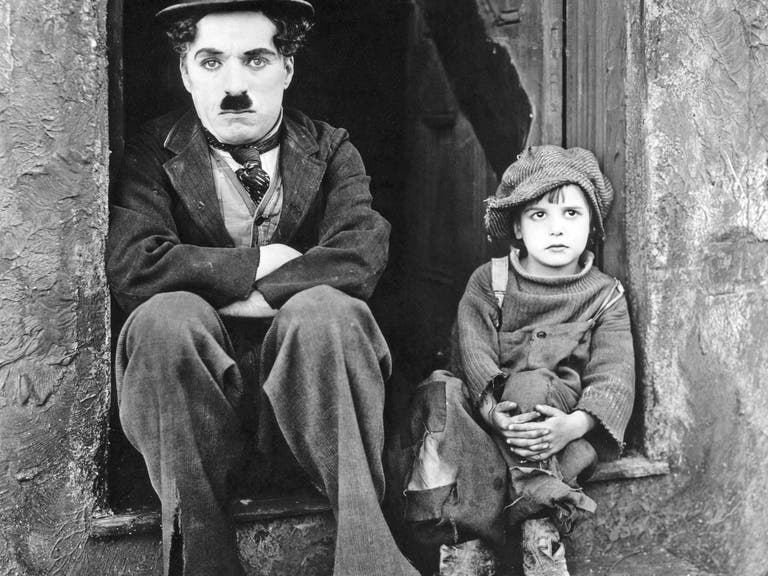
"The Kid" - Olvera Street
Charlie Chaplin’s first full-length movie was The Kid, a 1921 silent film that he wrote, directed, produced and starred in, featuring Jackie Coogan as his adopted son and sidekick. The film’s highlight is a rooftop chase, when the Little Tramp pursues agents from an orphanage who have taken the boy. Their tearful reunion is one of the most emotional and enduring scenes in film history. Several street scenes were filmed on historic Olvera Street, the colorful Mexican-themed marketplace in Downtown LA. Silent film historian John Bengtson has identified the exact location where the famous reunion scene was filmed.
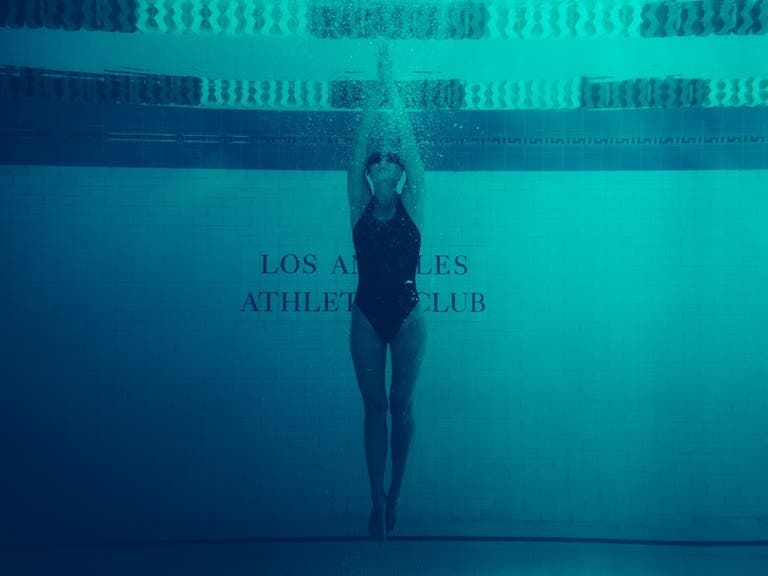
The Los Angeles Athletic Club
Founded in 1880 as the first private club in LA, the Los Angeles Athletic Club (LAAC) includes state-of-the-art athletic and spa facilities; award-winning restaurants and bars; a 72-room hotel; and meeting and conference rooms. The LAAC is the site of the annual John R. Wooden Award, presented to the outstanding men’s and women’s college basketball players of the year. Athletes from the LAAC have won numerous medals in the Summer Olympics. LAAC members have included a Who’s Who of LA power brokers and Golden Age Hollywood celebrities. Charlie Chaplin was a member of the LAAC and lived and trained there for extended periods during his formative years.
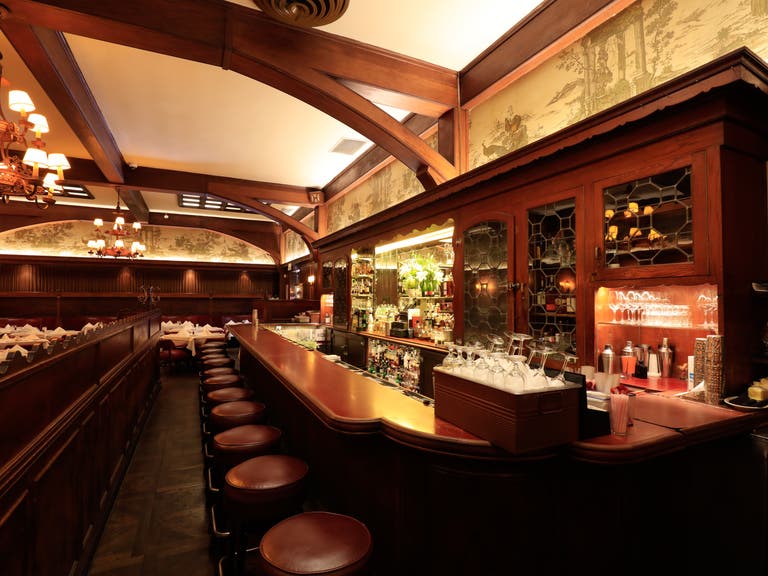
Musso & Frank Grill
Opened in 1919, Musso & Frank Grill is the oldest restaurant in Hollywood. Movie stars from the Golden Age to today’s generations have dined on its classic steakhouse fare and sipped the legendary Martinis. Some of the 20th century’s greatest writers were Musso’s regulars, including F. Scott Fitzgerald, William Faulkner, and Raymond Chandler. Charlie Chaplin was an early regular and always had lunch in the restaurant’s Old Room (with the woodfire grill and counter) at the corner table by the window. The Grilled Lamb Kidneys with Bacon was “Charlie Chaplin’s favorite,” as it says on the menu to this day. According to Hollywood lore, Chaplin would challenge Douglas Fairbanks to a horse race down Hollywood Boulevard - the loser picked up the tab at Musso’s.
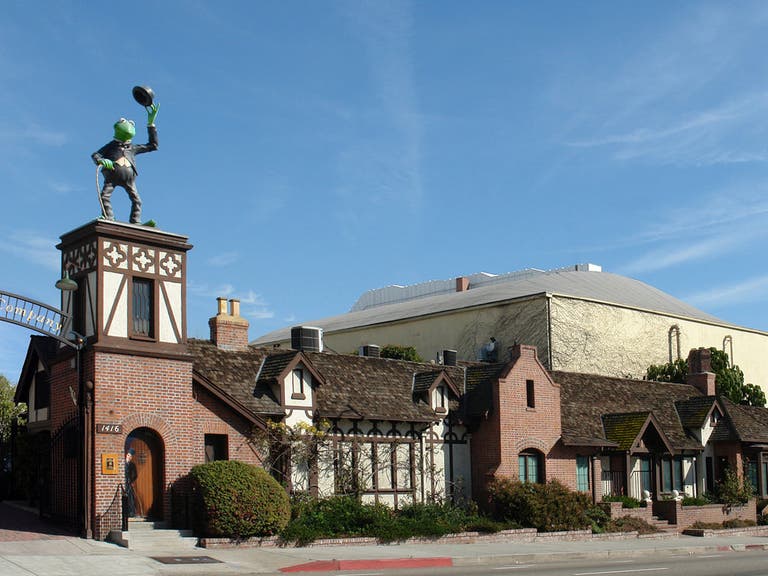
Charlie Chaplin Studios
Charlie Chaplin founded his namesake studio, located at the southeast corner of North La Brea Avenue and Sunset Boulevard, in 1917. The complex was whimsically designed to resemble a quaint village of English cottages. Many of Chaplin’s greatest films were shot at the studio, including The Kid, The Gold Rush, City Lights, Modern Times, and The Great Dictator. After Chaplin sold the property in 1953, the studio underwent several ownership changes. Herb Alpert and Jerry Moss purchased the complex in 1966 and made it the headquarters for their A&M Records label.
In 2000, the studio became the home of The Jim Henson Company, which renamed the 80,000 square-foot complex “The Jim Henson Lot.” As a nod to Chaplin, a statue of Kermit the Frog, dressed as the Little Tramp, stands above the main gate. The famed A&M recording facility became the Henson Recording Studios. The studios were designated a Los Angeles Historic-Cultural Monument in 1969.
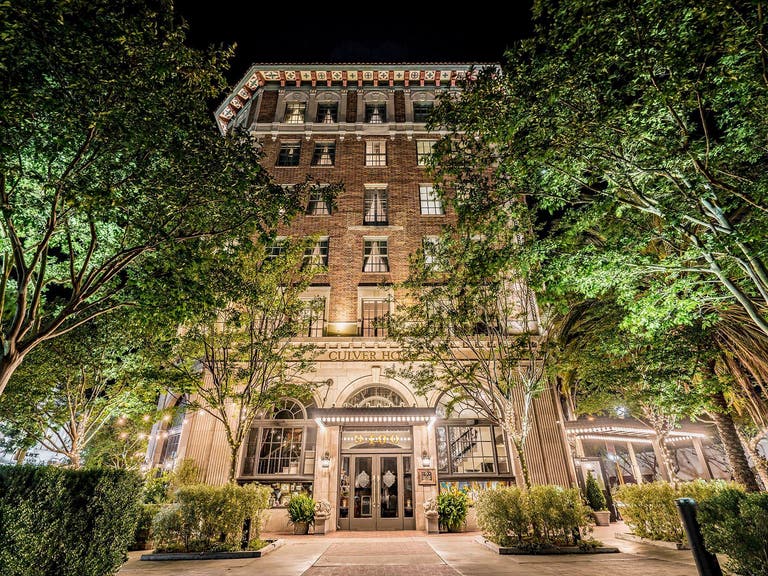
The Culver Hotel
Originally opened in 1924 as the Hotel Hunt, the Culver Hotel is a flatiron-style building located in the heart of downtown Culver City. The hotel’s second-floor conference room was originally the office of Harry Culver, the founder of the city that bears his name. Among the hotel’s famous guests were nearly all of the little people who played the Munchkins in The Wizard of Oz, which was filmed at MGM Studios nearby. According to legend, Charlie Chaplin - a part owner of the hotel - sold it to John Wayne for a dollar in a poker game. The Culver Hotel was added to the National Register of Historic Places in 1997.
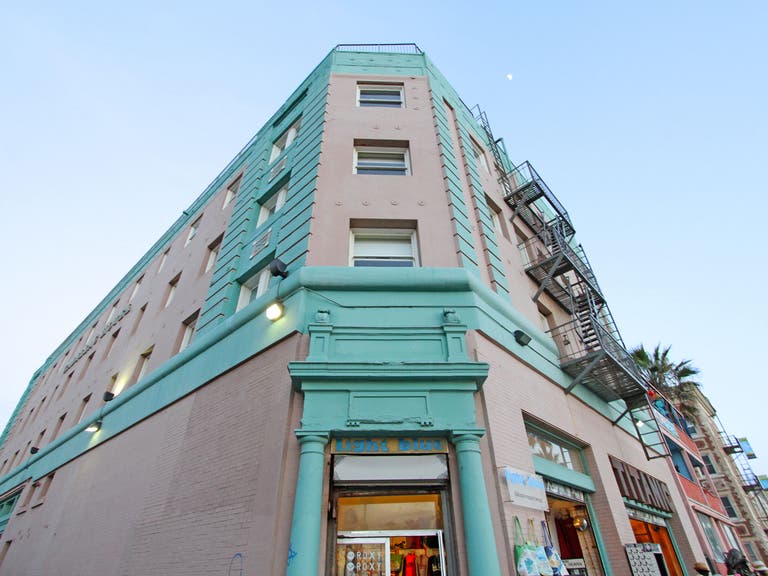
Cadillac Hotel
Located just steps from the world-famous boardwalk in Venice Beach, the Cadillac Hotel was once Charlie Chaplin’s summer residence. The landmark 46-room hotel was built in 1914, the same year that the Little Tramp character made his film debut. The pink and turquoise Art Deco hotel was recently renovated, offering modern amenities and ocean-view suites in the unique bohemian surroundings of Venice.
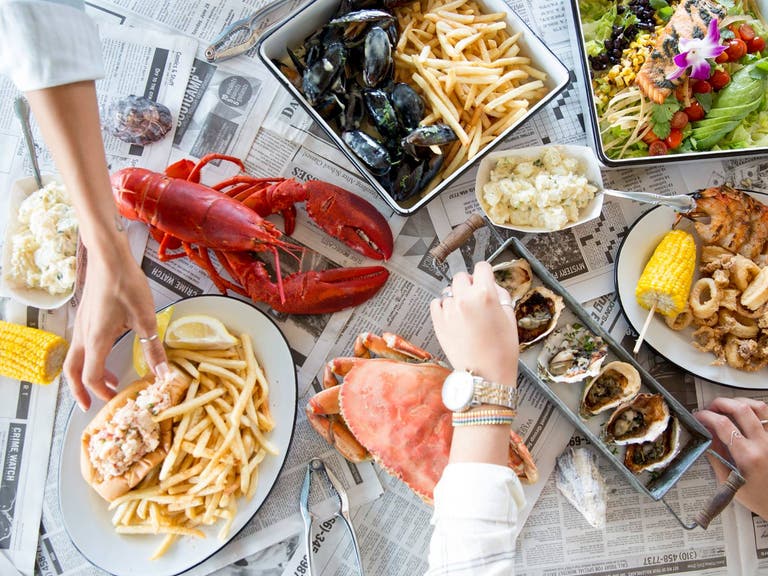
"Modern Times" - San Pedro
Modern Times (1936) features the Little Tramp struggling to survive in a modern, industrialized world. The film is Chaplin’s commentary on the desperate conditions that people faced during the Great Depression. The most famous sequence features Chaplin frantically working to keep up with an assembly line - the scene with Chaplin slipping into the gears of a giant machine has become iconic. According to Turner Classic Movies, Chaplin built three street sets for Modern Times at the San Pedro waterfront. TCM also notes that Chaplin had previously filmed A Day’s Pleasure (1919), over seven days aboard a pleasure boat in San Pedro harbor. The short film features Chaplin driving his family to the waterfront for an excursion that soon goes awry.
Located on the southern end of the Palos Verdes Peninsula, San Pedro is one of the most historic and picturesque regions in Los Angeles. San Pedro offers a unique blend of small-town charm, superb cultural attractions, eclectic shopping, America’s Port®, and a world-class cruise center.
